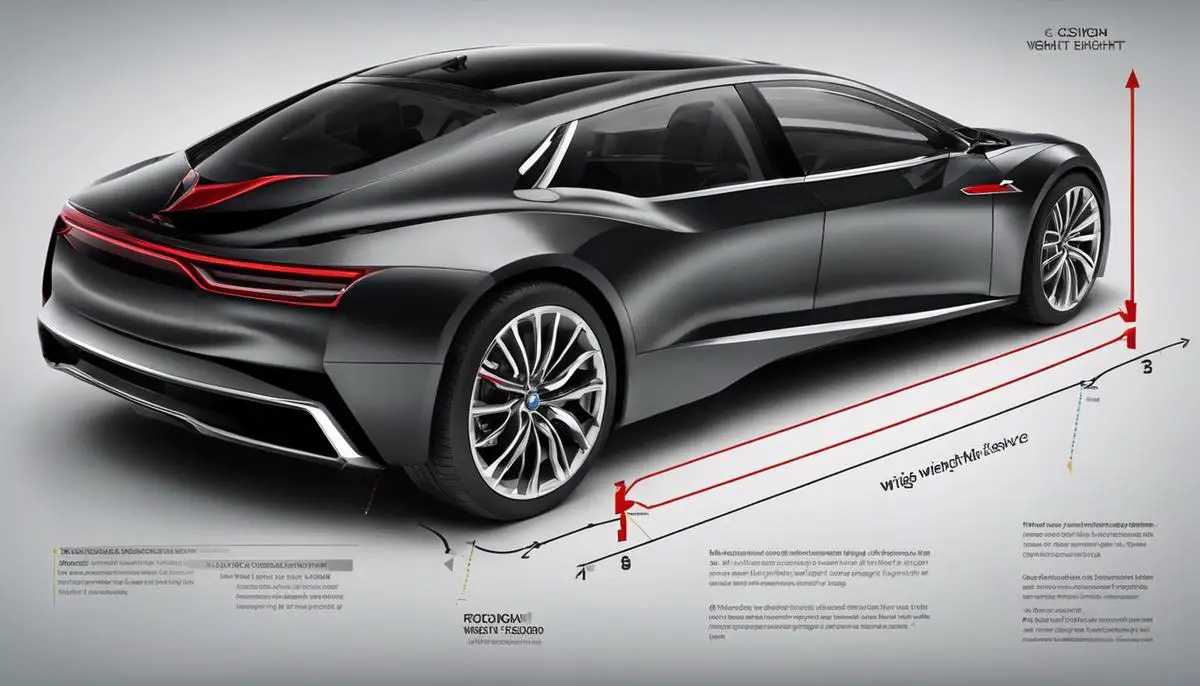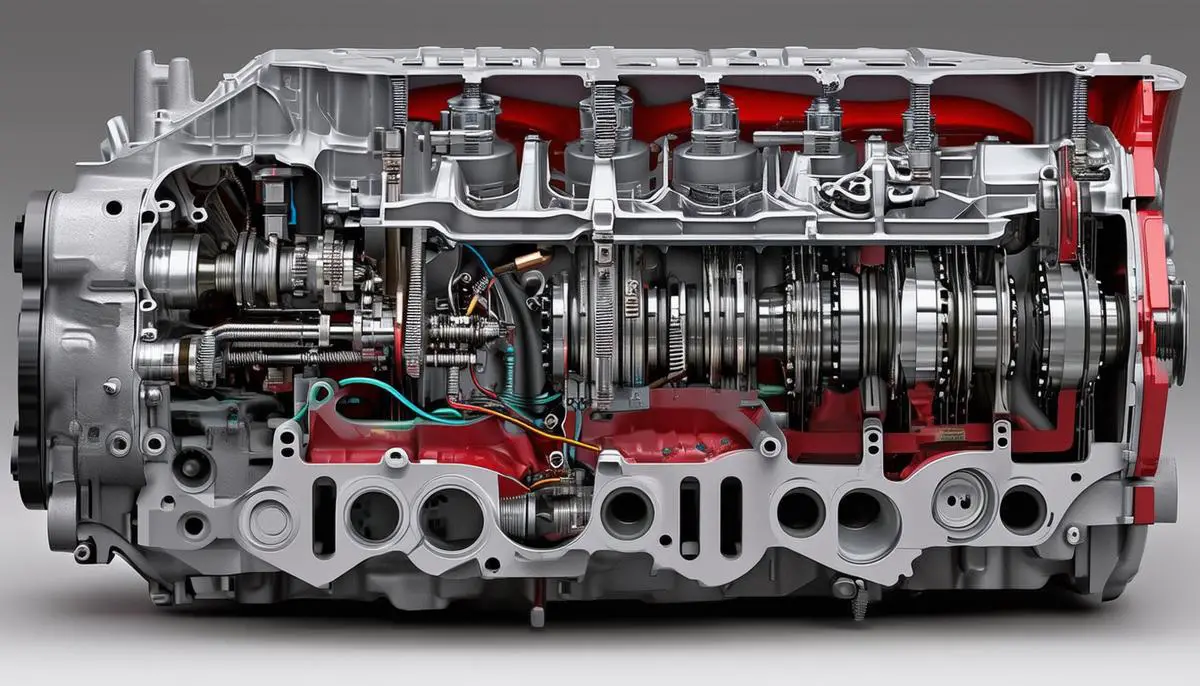The quest for perfect balance transcends disciplines, but nowhere is it more tangibly pursued than in the arena of sports cars. At the intersection of physics and finesse, weight distribution emerges as a linchpin in the quest for automotive excellence. It is the invisible hand that guides a sports car around a fierce bend and the steadfast anchor that holds it firm in a blistering straightaway. Understanding the principles of weight distribution is fundamental to appreciating the symbiosis between a car’s design and its performance on the road. From the strategic placement of engine blocks to the meticulous tuning of suspensions, every detail works in concert to achieve the grace and agility for which sports cars are renowned. This vital aspect not only enhances the thrill and precision of the driving experience but is an essential consideration for those who push the envelope of what these powerful machines can do.
Contents
The Basics of Weight Distribution
Mastering the Road: The Secrets of Weight Distribution in Sports Cars
Hey, speed enthusiasts! Strap in, because today we’re diving into a super cool topic that’ll give you the edge on the track: weight distribution in sports cars. It’s like the secret sauce that can either make your car a corner-hugging hero or a slippery noodle on wheels.
Picture this: you’re behind the wheel of a sleek sports car. It’s not just about powerful engines or shiny rims. Nope. The real magic? It’s all about how the car’s weight is spread out from front to back – that’s what we call weight distribution.
So, why’s this so important? When a sports car has the right balance – usually close to a 50/50 split between the front and rear – it’s like finding the perfect groove. Cornering becomes a dream, with the car feeling super stable and giving you the confidence to push harder.
But if the weight is too much in one place? Say, heavy on the nose or dragging at the tail? It’s like riding a bull – wild and unpredictable. That’s not what you want when you’re looking to set a hot lap or cruise down curvy roads.
Manufacturers play a cool balancing act, shifting things like the engine, the fuel tank, and even the battery to find that sweet spot. They know it’s key for a sports car to have incredible handling. It’s all about keeping the car glued to the road.
Mid-engine cars are like the rock stars in this game. They’re designed with the engine near the center of the car, offering a near-perfect balance. It makes the car feel nimble and responsive – a real treat on winding tracks.
But what about driving? You’ve got to know your car’s personality. With a well-balanced sports car, you can brake later and speed up sooner out of turns. It’s like dancing with the road, and when you get it right, it’s pure magic.
Remember, every car has its own rhythm, and even the smallest tweaks can change the whole dance. Keeping your sports car well-maintained and understanding its weight distribution will have you mastering corners like a pro.
So, there it is, folks. Knowing about weight distribution is a game-changer for enjoying your sports car to the max. Now, get out there, feel the balance, and drive like the wind!
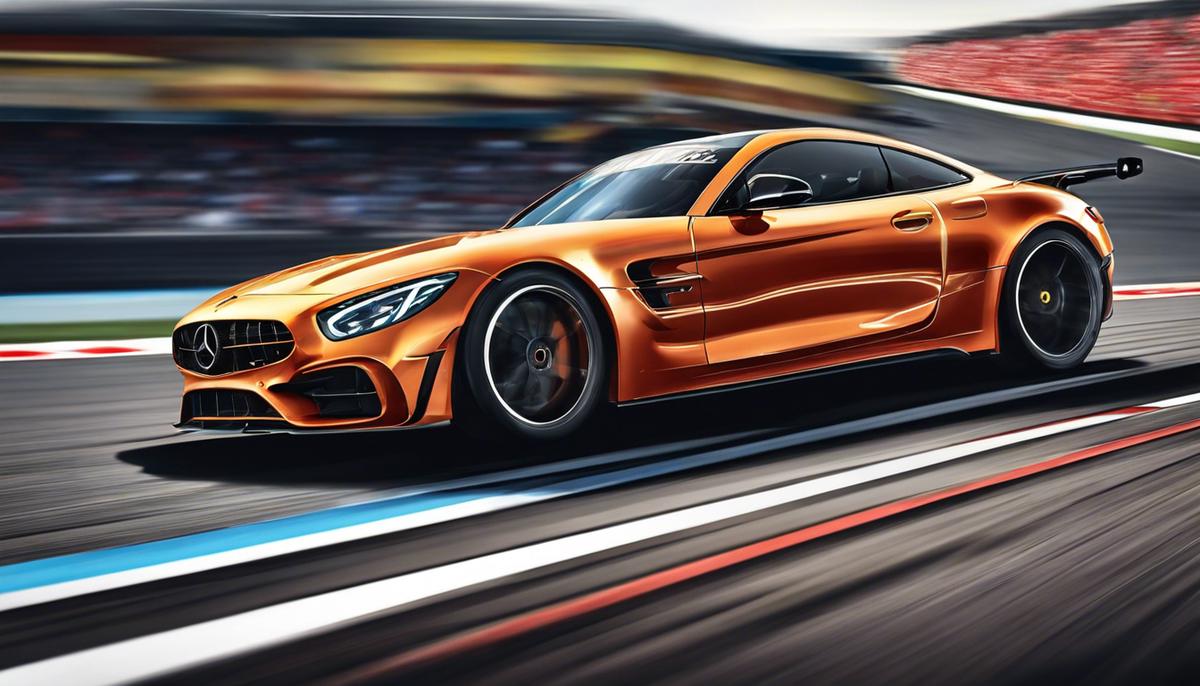
Handling and Performance
In the world of sports cars, handling is king! A key player in handling is weight distribution, and it affects a car’s performance on the road in surprising ways. When a sports car zips around tight corners or accelerates down a straight, the way its weight is spread out plays a giant role in how well it takes on these exciting challenges.
So, what exactly happens because of weight distribution in a sports car? Think about a shopping cart. If all the heavy cans are on one side, it turns lopsidely, right? For sports cars, it’s a bit like that but much more high-tech.
Front to back, if there’s too much weight on the front or the rear, the car can react oddly. Too much up front, and the rear might lose grip in sharp turns (this is called understeering). People don’t usually want their car’s tail saying “hello” to the outside world like that! If the back is too heavy, the car might swing around in a tricky dance move called oversteering. Some folks might like this tail-happy action, but it takes skill to keep it under control.
Now, side to side, when weight isn’t even, it can make the sports car feel uneven in turns. Imagine running circles with a heavy backpack on one shoulder – you would lean a whole lot, wouldn’t you? Cars don’t like leaning too much either, as it could make them hug the road less and not do what the driver wants.
Manufacturers work hard to spread out weight in clever ways. Using lightweight materials, placing engines and batteries just right, and thinking about where the driver sits – it’s all part of the sporty car recipe.
But wait, there’s more – tires and suspension also get in on the weight distribution action. Good old gravity pulls the car down, and where that force goes tells the tires and suspension how to behave. If the weight is managed right, everything works smoother, like a well-rehearsed orchestra!
Handling weight distribution isn’t just for pros. Understanding a sports car’s balance can turn anyone into a sharper driver. After all, knowing’s half the battle, right? And for those ready to tweak their rides, adjustments can keep that distribution spot-on for gripping the road with confidence.
Remember, like with any hobby, it’s all about learning, tweaking, and having a blast. Sports cars with their tricky weight distribution are just puzzles waiting to be solved on the road toward driving bliss!
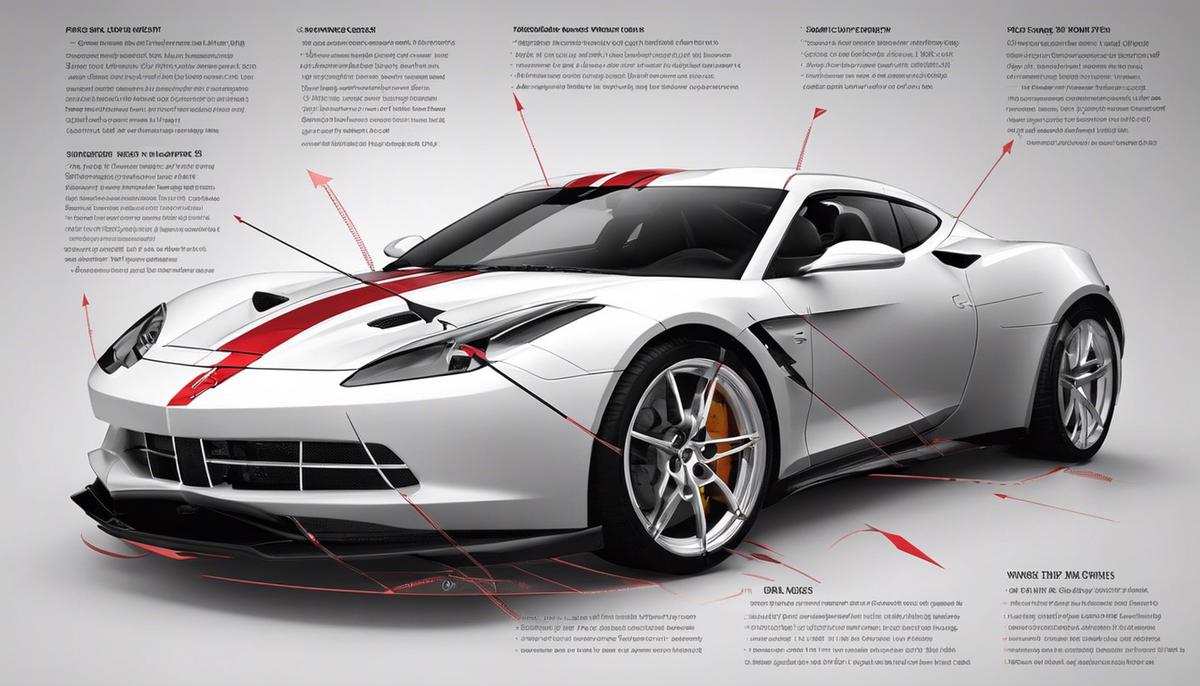
Optimizing Weight Distribution
Fine-Tuning the Balance: Mastering Weight Distribution in Sports Cars
Are you ready to take your sports car experience to the next level? Let’s buckle up and deep-dive into some techniques that can help achieve the ultimate balance in weight distribution, enhancing the performance of your machine to skyrocket your driving pleasure.
First things first: let’s talk ballast. Ballast is adjustable weight added to specific areas of a car to modify its balance. By strategically positioning this additional weight, you can counteract natural imbalances and fine-tune your sports car to handle like a dream.
Adjustments to the battery and fuel tank placement are common tweaks to tweak the weight distribution. Moving the battery to the trunk or the rear of the car can shift the weight bias towards the rear, improving traction and stability. Similarly, strategic placement of fuel tanks can have a considerable impact on the car’s weight dynamics as the fuel level changes.
When it comes to the mechanics, suspension plays a starring role. Adjustable coilovers give you the power to customize the ride height and stiffness, affecting weight transfer during acceleration, braking, and cornering. By leveling out the ride height or stiffening the suspension on one side, you help distribute the car’s weight more evenly.
But it’s not just about adding and adjusting – sometimes, it’s about shedding some pounds too. Lightweight components can greatly influence weight distribution. Swapping out heavy parts for lighter alternatives — think carbon fiber body panels or aluminum chassis components — can redistribute weight, optimizing performance without compromising on strength.
The wheels are where the car meets the road, literally. Ensuring that your tires are correctly inflated is a small but mighty detail. Proper tire pressure keeps the contact patch even and maximizes grip. It’s a simple check that can have a significant impact on handling due to the weight distribution.
While precise adjustments can do wonders, let’s not forget the human element in the equation. Skilled driving can make or break the benefits of optimal weight distribution. Smooth steering, controlled braking, and mindful acceleration all contribute to how the weight shifts and settles in a sports car. It’s not just about the moves you make; it’s also about when and how you make them.
And now, for the gearheads who love to dive under the hood for some tweak and tune action: consider the powertrain components’ location. A finely tuned drivetrain can substantially influence the weight spread across the car, translating to better balance and more responsive handling.
So there you have it – ballast tweaking, strategic placements, suspension adjustments, lightweight components, tire management, and, of course, skillful driving – they all add up to the art of achieving optimal weight distribution in sports cars. With these tools in hand and an eagerness to experiment, the road to masterful handling and peak performance is wide open. Tighten those lug nuts and get ready to experience your sports car like never before!
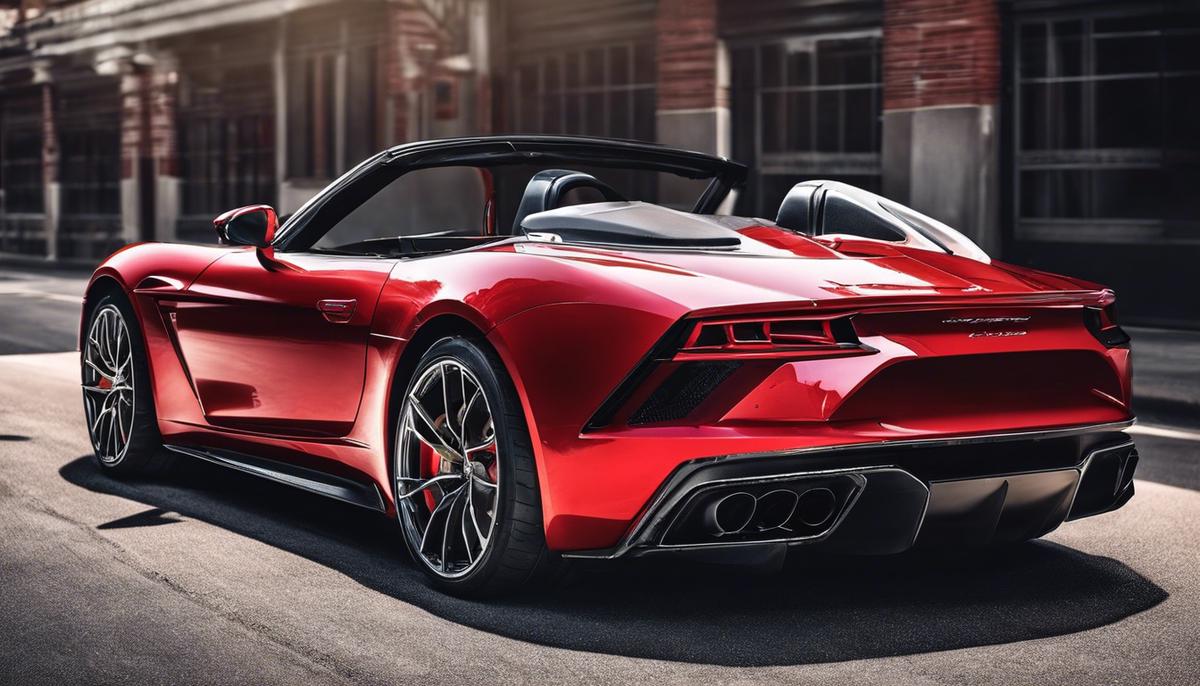
Impact on Safety
Ah, the quest for the perfectly balanced chariot! If you’ve been around the track (literally or metaphorically) with sports cars, you’ve probably heard all about weight distribution—a topic that’s as crucial as it is interesting. But let’s dive into another aspect that’s not talked about as often: the safety advantage of getting that weight distribution just right.
Think about it: when your car’s weight is evenly spread out, it does more than just enhance performance. It helps keep you safe by making your ride more stable. Let’s say you’re cruising down a rain-slicked road, and you need to swerve suddenly to avoid a pesky pothole. A car with a good balance is more likely to keep its cool, helping you maintain control.
Now, consider the dilemma of an uneven load—when one side is heavier than the other. Not only does this make handling wonky, it could also mean one side of your car wears down faster than the other, including your tires. And let’s not even get started on brake imbalances.
Thankfully, manufacturers have been on the case for a while, concocting all sorts of clever ways to achieve optimal weight distribution. It’s not just about where you stick the engine or the fuel tank; it’s a whole symphony of design decisions, from using lighter materials to precisely positioning components.
Though, it’s not all on the manufacturers. You’ve got a part to play too. Keeping your tires in check and your suspension tuned isn’t just for show—it’s for your safety. Those tires are your car’s shoes and they need to grip the road properly; otherwise, you’re just flirting with danger.
But don’t forget to add a personal touch to your machine. Play around with ballast (that’s fancy talk for adding or removing weight on purpose), tweak your battery placement, or get the suspension just right. These small changes can make a big difference.
And remember, the point isn’t just to keep your car on the straight and narrow; it’s also to enjoy the ride. Every adjustment, every curve in the road is a chance to learn something new, to dial in not just your car’s handling but your own driving finesse.
So, while the sports car world is often focused on speed and style, let’s not forget the unsung hero of the car world: safety through smart weight distribution. Because honestly, there’s nothing cooler than a perfectly balanced machine that not only outperforms the rest but also keeps you in one piece to tell the tale.
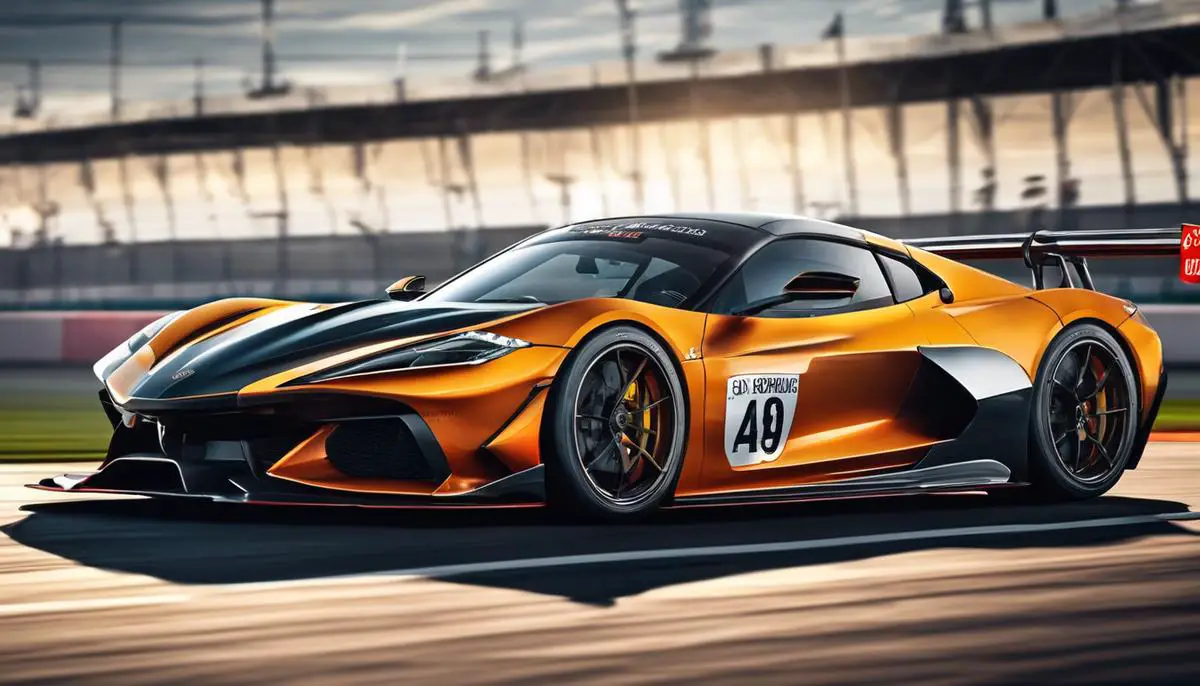
Real-World Applications
When the rubber meets the road, automakers and enthusiasts know that the magic truly lies in the nitty-gritty of weight distribution. It’s not just about the raw power of the vehicle; it’s about how that power is harnessed through the careful balancing act performed on every curve and stretch of asphalt.
To lay it out in simple terms, imagine weight distribution like a perfectly balanced see-saw. With the right balance, the vehicle performs at its peak. Automakers play a meticulous game of chess, placing each component and carefully considering its weight to get this balance just right.
Enthusiasts, on the other hand, take on the role of maestros, orchestrating the perfect symphony of adjustments. Ballast is added or removed to tweak the feel of the ride. It’s like putting a thumb on the scale to tip the balance in favor of better handling or improved performance.
Then there’s the matter of batteries and fuel tanks. Placing them strategically can be likened to setting up the pieces on a game board. It might not seem like a big deal where the fuel tank sits, but move it around, and suddenly, there’s a change in how the car grips the road.
Now let’s talk about suspension – the unsung hero of the automobile. Suspension adjustments can make or break how a car interacts with the road. Spring rates, dampers, and alignment all come into play in fine-tuning the vehicle’s contact with the ground. It’s like adjusting a camera’s focus; it needs to be just right to get that crystal clear picture – or, in this case, ride.
Lightweight components aren’t just for show. These high-performance bits can be compared to athletes shedding unnecessary weight to increase speed and agility. By swapping out heavier parts for lighter ones, automakers and enthusiasts can improve the car’s responsiveness.
Don’t overlook tires either. They are the point of contact with the road, after all. Properly managing tire pressure and wear patterns is akin to an artist choosing the right brush for a stroke – the outcome can be significantly impacted by this choice.
Now, driving skills are where the true artistry comes in. It’s one thing to have a well-balanced car, but knowing how to pilot it is another. Enthusiasts refine their skills, learning the nuances of their vehicle’s weight distribution to make driving not just a task but an art form.
And let’s not forget about the powertrain. Its placement is meticulously planned, like a golfer choosing the right club for the shot. Small adjustments here can significantly shift the dynamic of the car.
But why does all this matter? It goes beyond performance; it’s about safety. With optimal weight distribution, the vehicle behaves predictably, and predictable is good when traveling at high speeds. It minimizes wear on components, keeping the car in check and, most importantly, keeping the driver and others on the road out of harm’s way.
In the end, whether behind the wheel of a roaring sports car or in the garage making fine adjustments, it’s the passion for the ride, the love of the craft, and the pursuit of balance that fuels the enthusiast’s soul. There’s a constant evolution in skills, knowledge, and experience, all fueled by that undying passion for the perfect drive. Enjoying the process is just as important as the outcome. Here’s to finding that perfect balance on the open road, curve after curve, mile after mile.

From the resolute grip of tires on asphalt to the responsive thrust of an accelerator, the harmonious balance of weight plays a pivotal role in the orchestration of automotive prowess and safety. A car that is a joy to handle and a fortress of reliability doesn’t come about by chance; it is the product of engineers and enthusiasts who respect the critical influence of well-distributed mass. As we’ve explored the depths of weight distribution, from the physics that dictates its role in vehicle behavior to the real-world applications that prove its value, we find a throughline in the pursuit of perfection on the road. Behind the wheel of a sports car with immaculately balanced weight, drivers not only feel the difference—they live it, in every turn, brake, and burst of acceleration that is elevated from a mere maneuver to an art form. Engaging with these machines is to partake in a heritage of innovation and passion, a testimony to human ingenuity and the ever-evolving dance with dynamic forces that define the essence of high-performance motoring.
